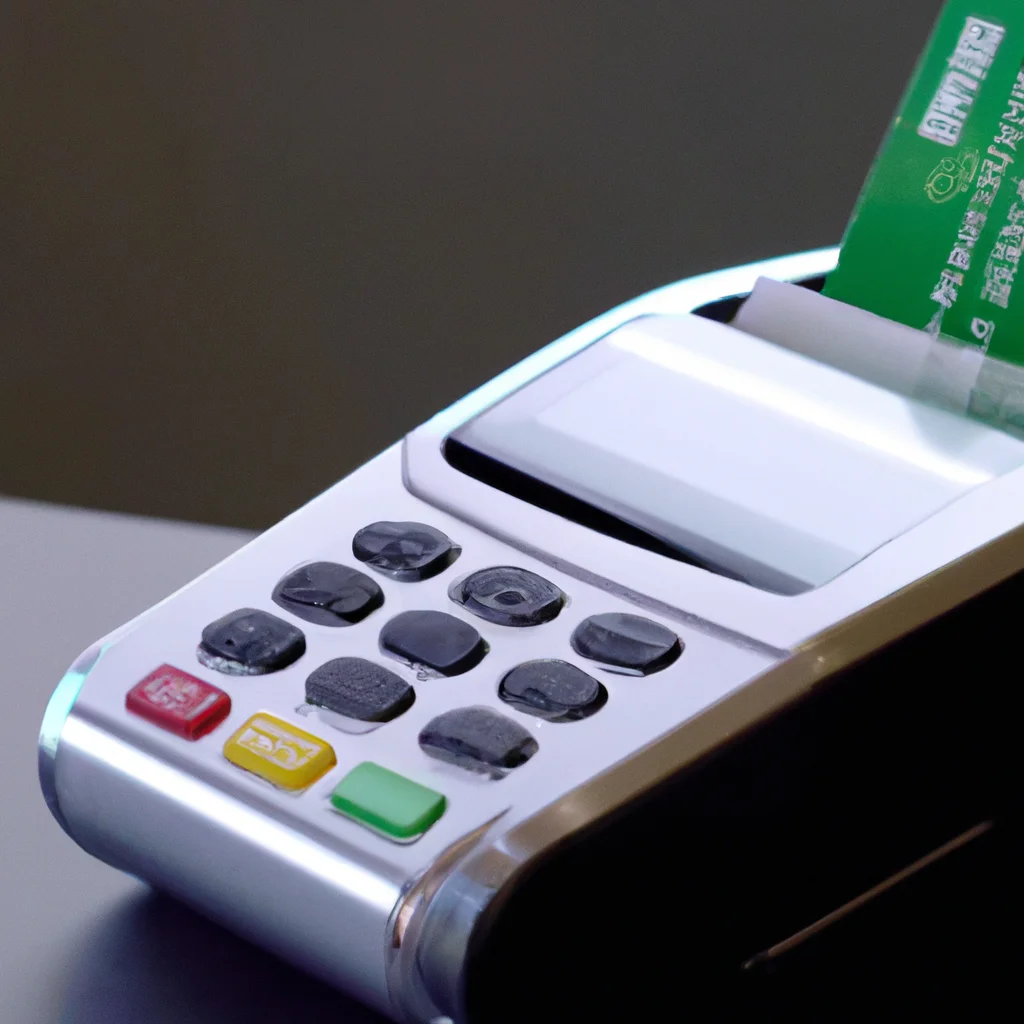How does a credit card reader work?


How does a credit card reader work?
A credit card reader is an essential tool used by merchants and businesses to process payments from their customers. It is a device that reads the information on a credit or debit card, allowing the payment to be processed through the merchant’s payment gateway. There are different types of card readers available, ranging from those that read magnetic stripes to those that use chip and pin technology or contactless payments. In this article, we will discuss how a credit card reader works and the different types available in the market.
Magnetic Stripe Card Readers
Magnetic stripe card readers are the most commonly used credit card reader. They are inexpensive, reliable, and easy to use. The magnetic stripe on the back of the card contains the user’s account information, including their name, account number, and expiration date. When the card is swiped through the reader, the magnetic head reads the information stored on the magnetic stripe, and the payment is processed.
Chip and Pin Card Readers
Chip and pin card readers are becoming more popular, especially in Europe. They use a microchip embedded in the card instead of a magnetic stripe. The chip contains encrypted information, making it more secure than magnetic stripes. To use a chip and pin card reader, the customer inserts the card into the reader, and the chip is read, prompting the customer to enter their pin number. If the pin number is correct, the transaction is completed.
Contactless Payment Readers
Contactless payment readers are the newest type of credit card reader. They use near-field communication (NFC) technology to communicate with the card. The card has a chip and antenna that communicate with the reader when the card is held near it. This type of card reader is popular in fast-food restaurants, convenience stores, and other businesses that process small transactions quickly. Contactless payment readers are secure and convenient, and they reduce the time spent at the checkout.
Payment Processing
All credit card readers are connected to a payment processing system that authorizes transactions and transfers funds from the customer’s account to the merchant’s account. Payment processing systems use secure encryption to protect the customer’s data during the transaction. The transaction is authorized in real-time, and the funds are transferred to the merchant’s account within a few business days.
Conclusion
A credit card reader is an essential tool for any business that accepts credit card payments. There are different types of card readers available, including magnetic stripe, chip and pin, and contactless payment readers. Each type of card reader comes with its unique features and benefits, but all of them work by reading the information on the card and processing the payment through a payment gateway. Payment processing systems ensure that transactions are secure and reliable, protecting the customer’s data during the transaction. By understanding how a credit card reader works, merchants can choose the best type of card reader for their business, providing a seamless payment experience for their customers.
Recent Posts
How do I create an engaging and informative online quiz or assessment?
Creating an engaging and informative online quiz or assessment can be a powerful tool for… Read More
What are the most effective methods for managing and reducing work-related stress in the hospitality industry?
Work-related stress is a common issue in the hospitality industry, where employees often face long… Read More
How can I improve my assertiveness and communication skills in a leadership position?
In a leadership position, assertiveness and effective communication skills are crucial for success. Being able… Read More
What are the key elements of a successful employee recognition and rewards program?
Employee recognition and rewards programs play a crucial role in motivating and engaging employees, as… Read More
How do I effectively manage and respond to customer feedback and reviews?
Customer feedback and online reviews play a crucial role in shaping a company's reputation and… Read More
What are the best strategies for effective time management as a stay-at-home parent?
Effective time management is crucial for stay-at-home parents who juggle multiple responsibilities on a daily… Read More